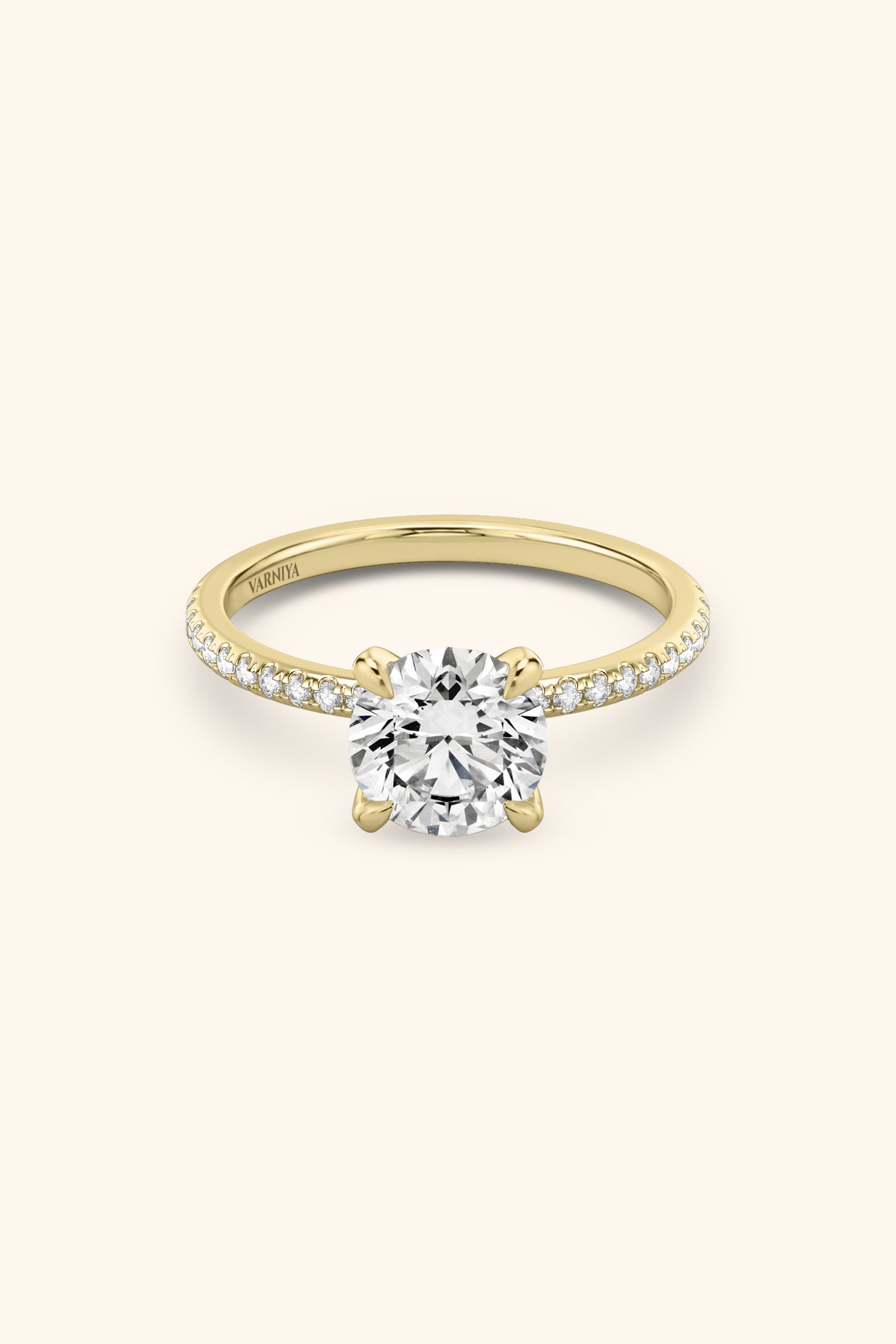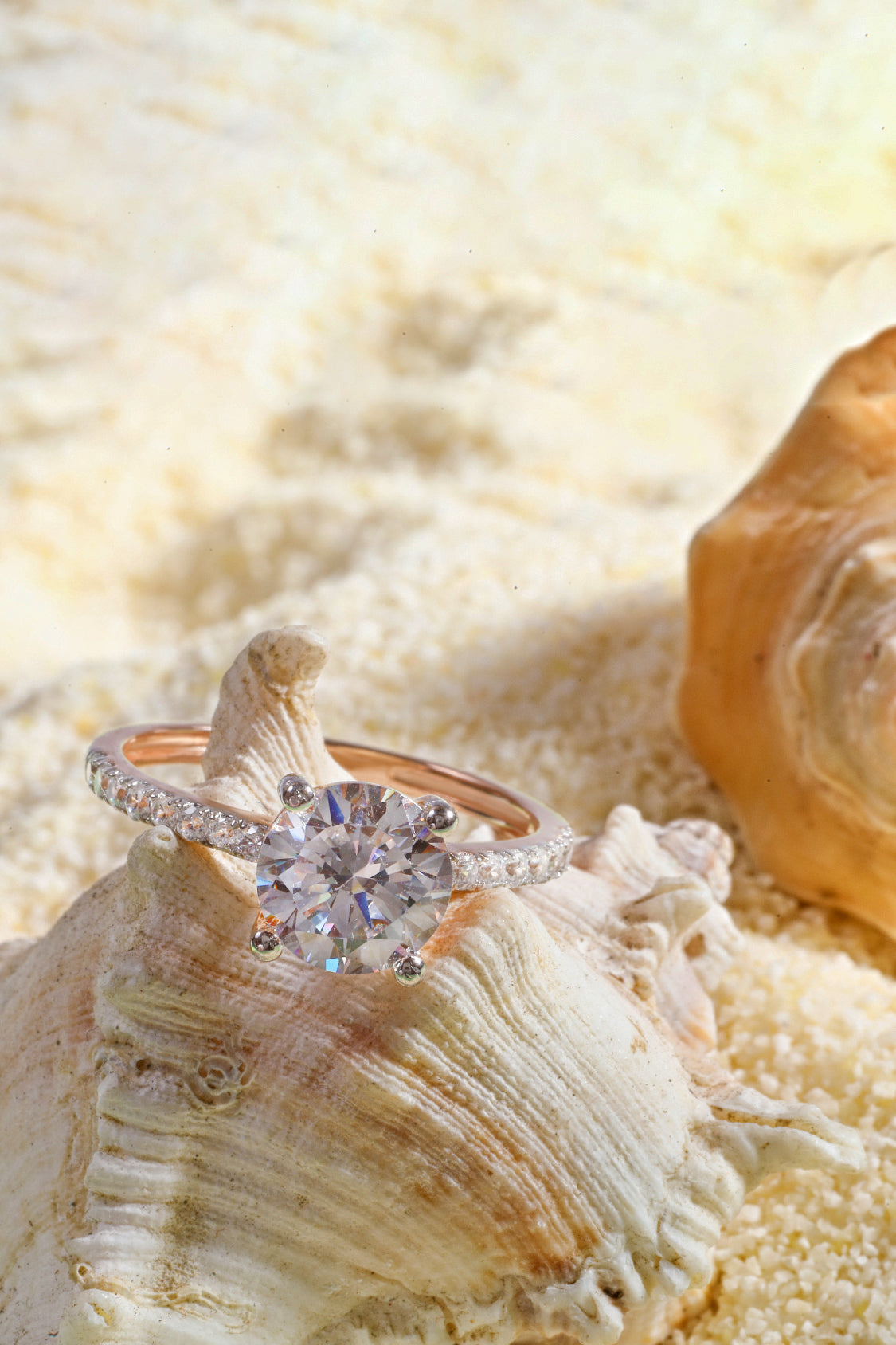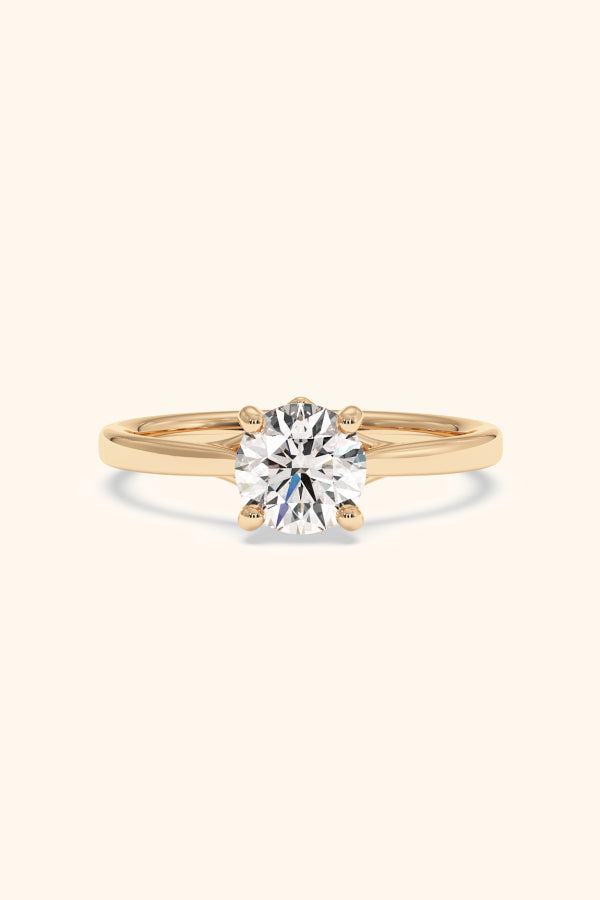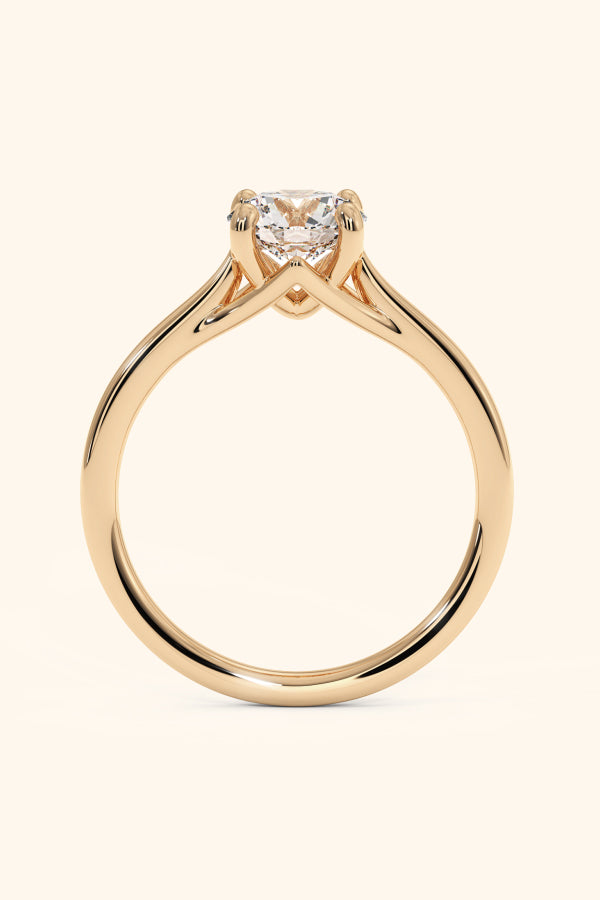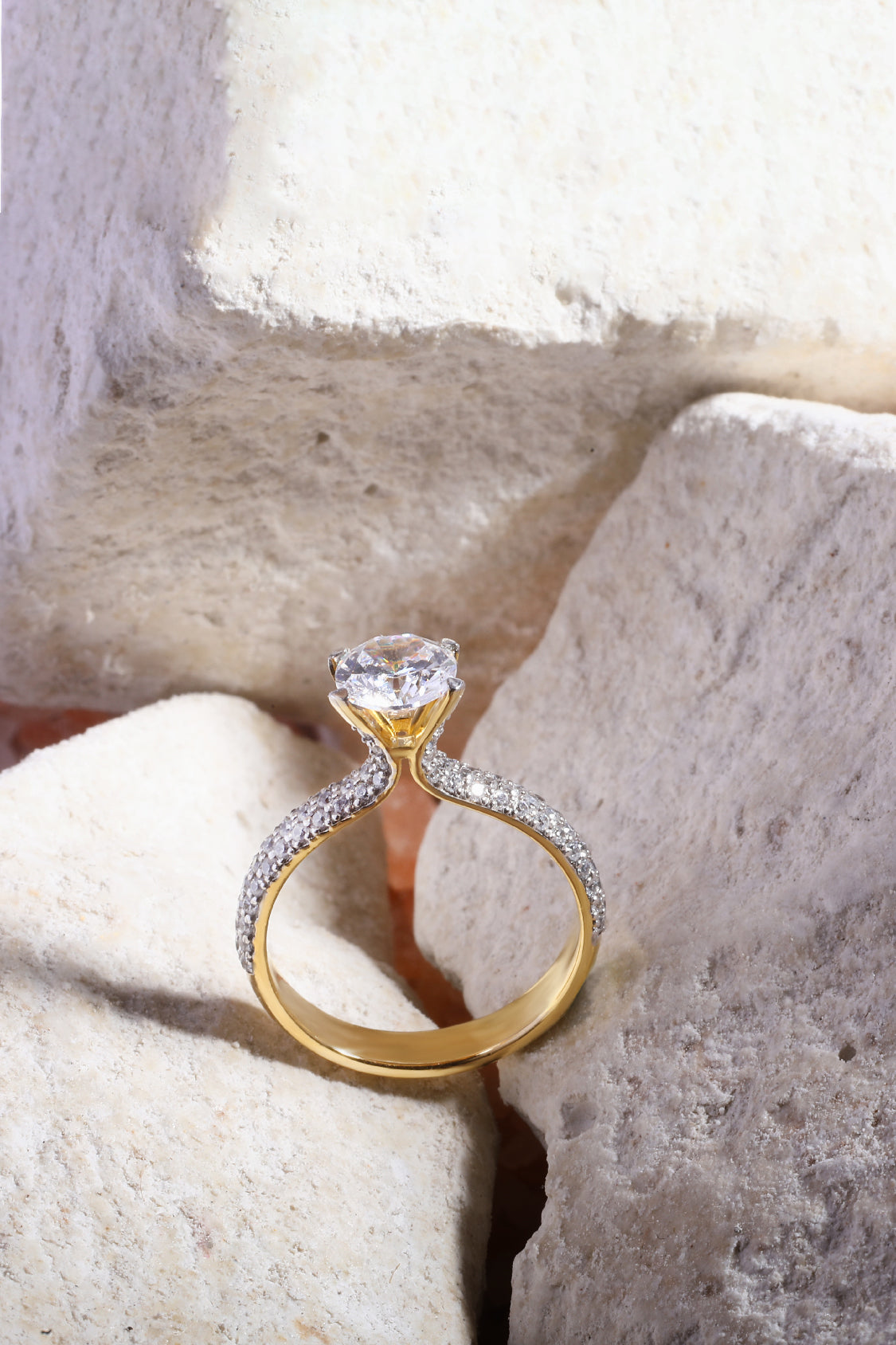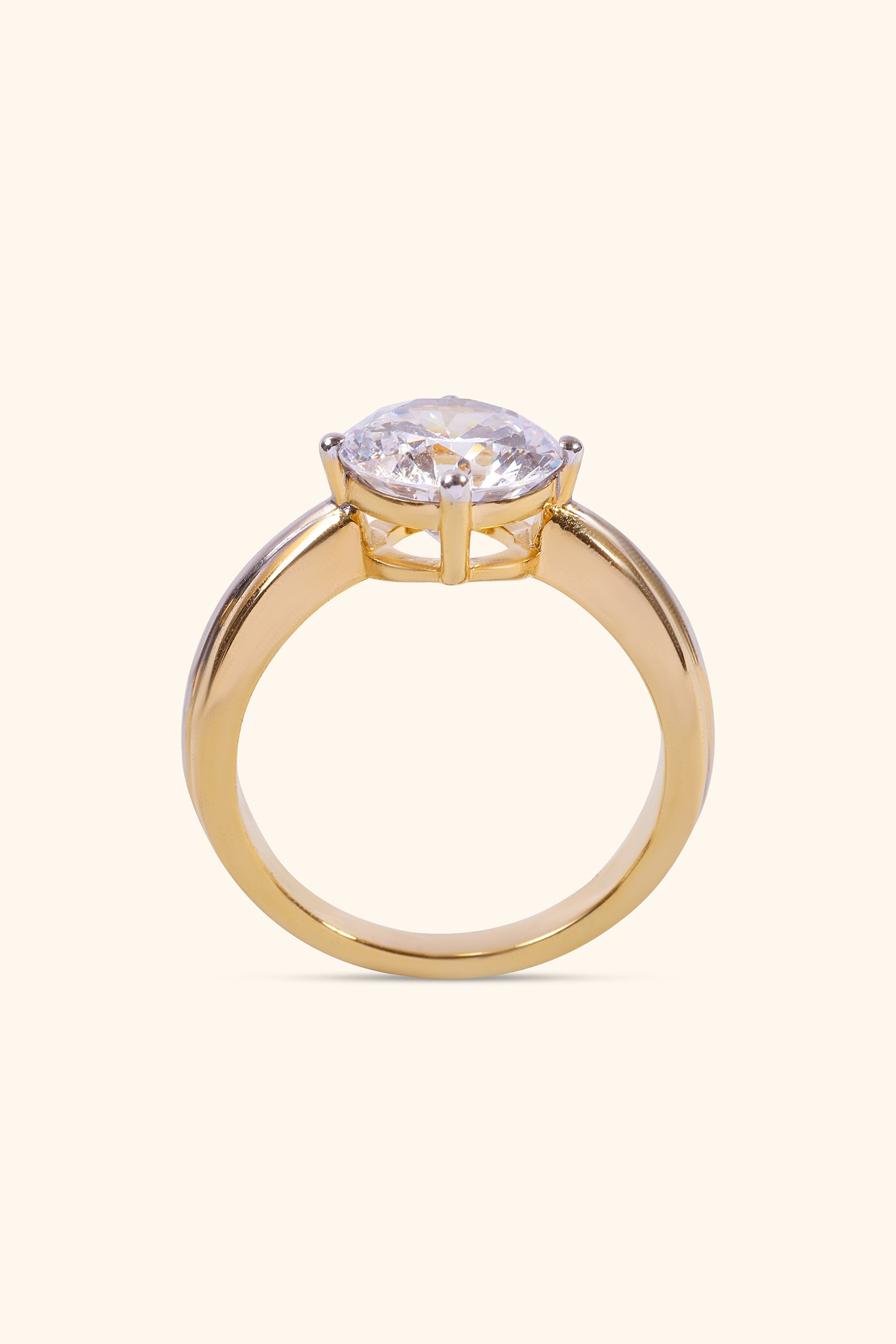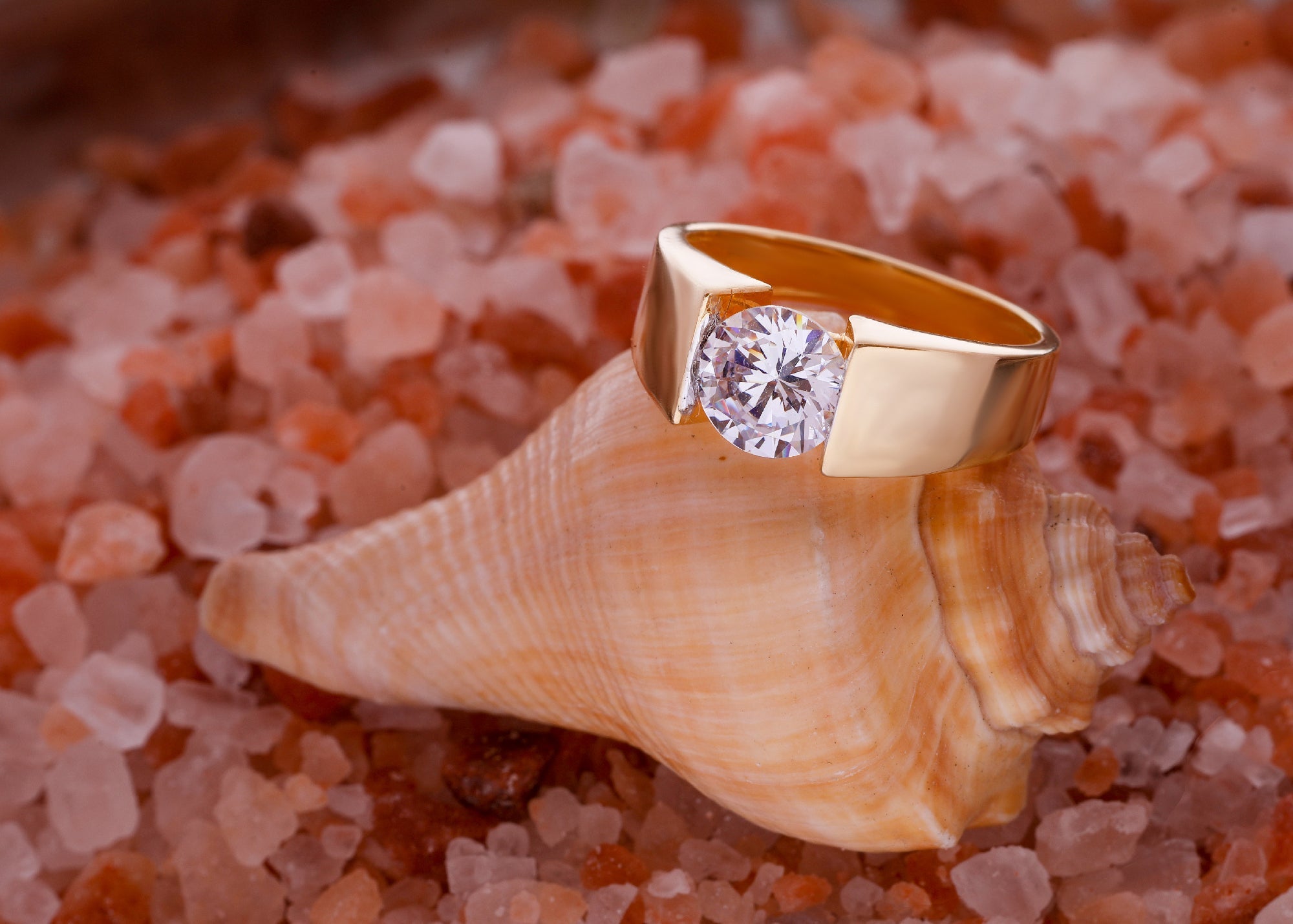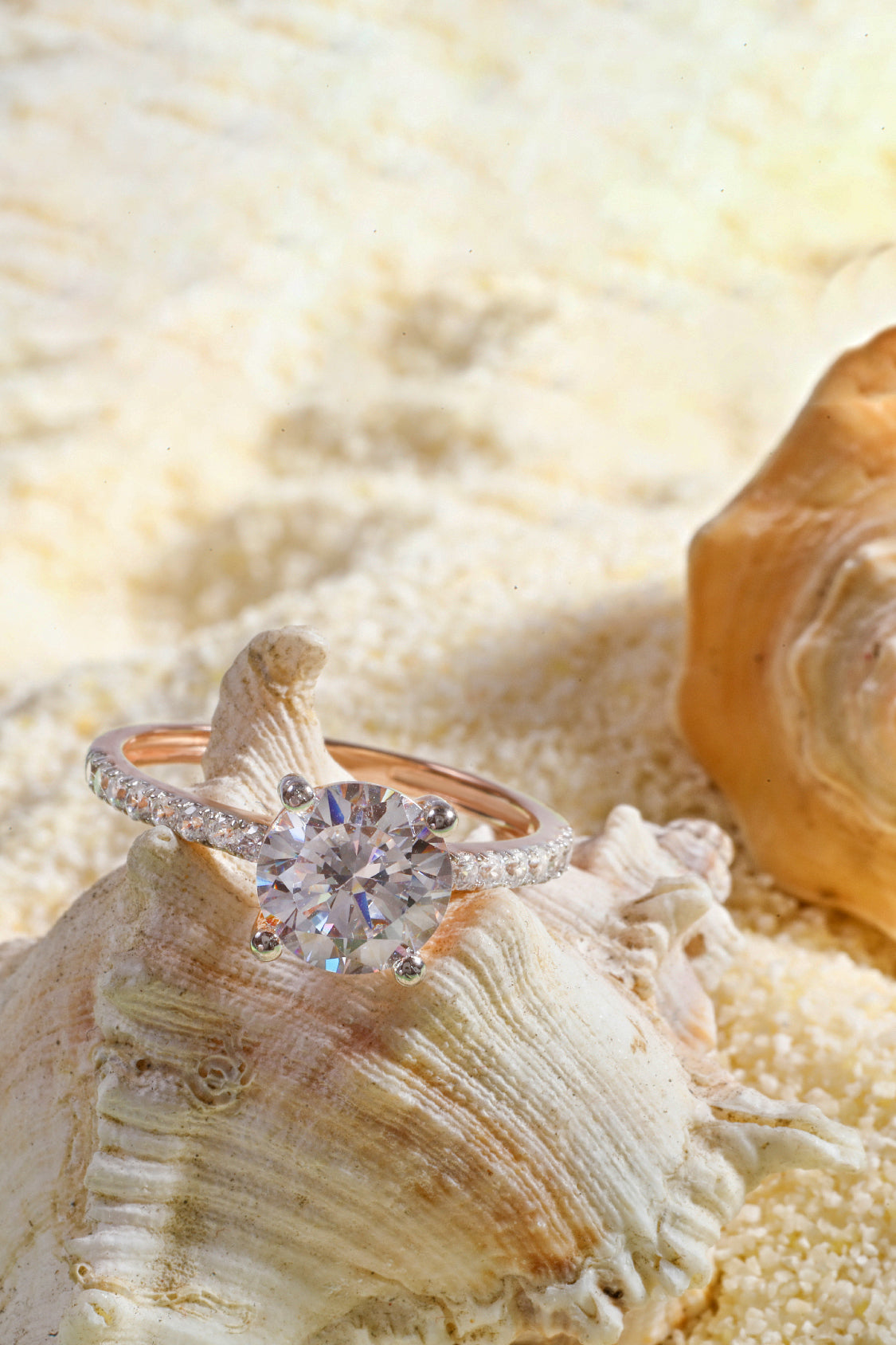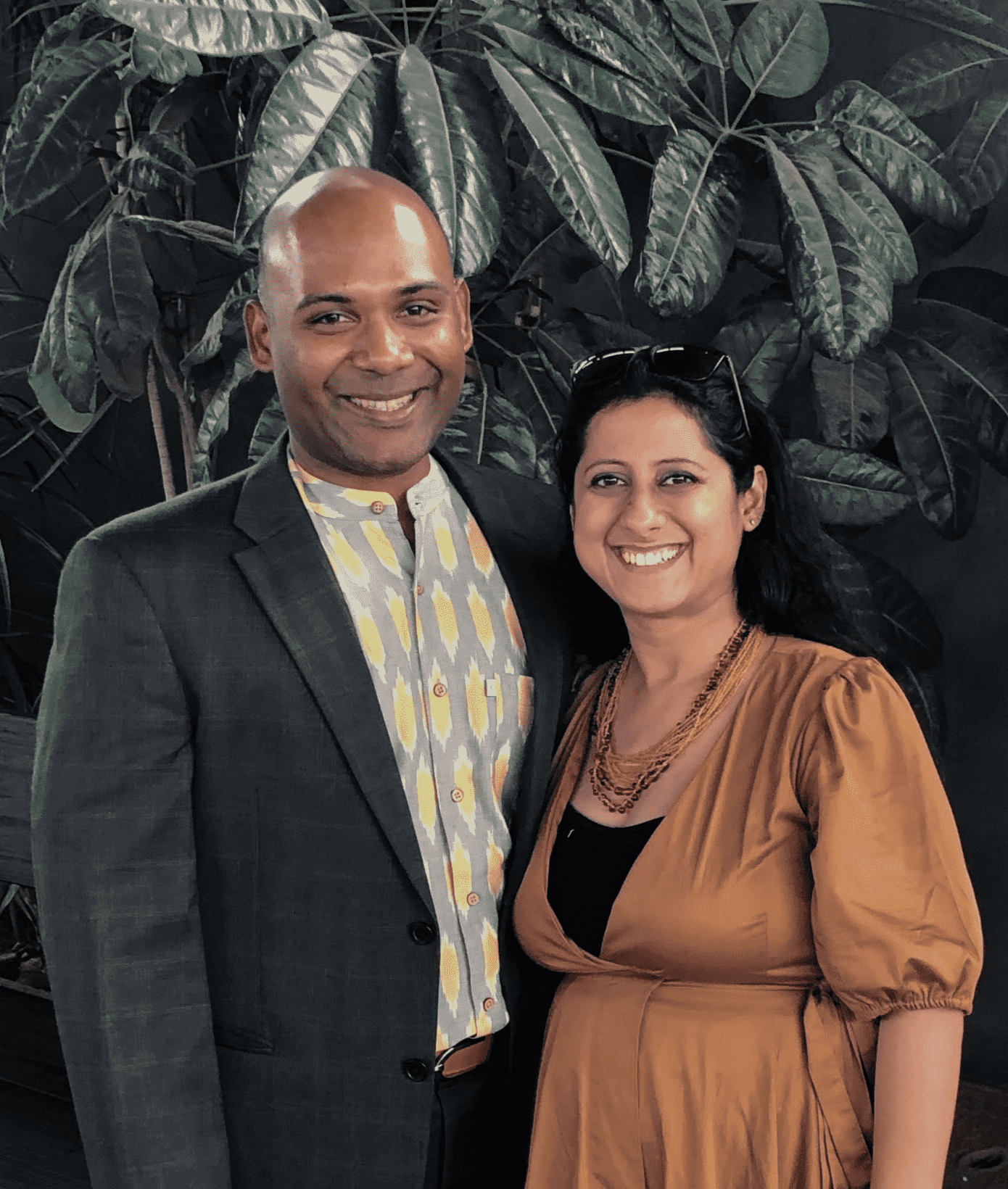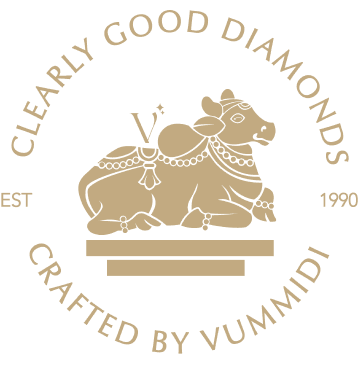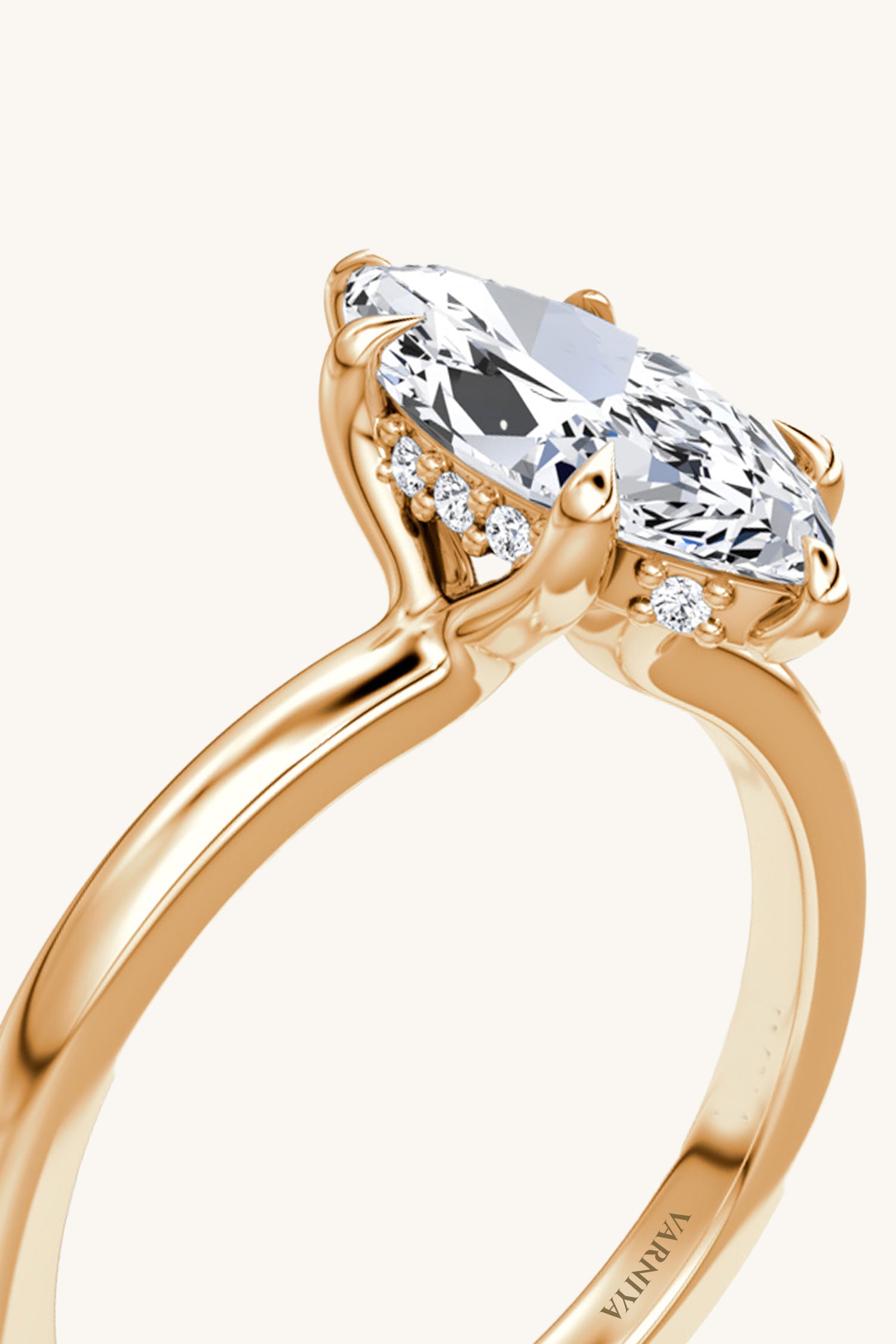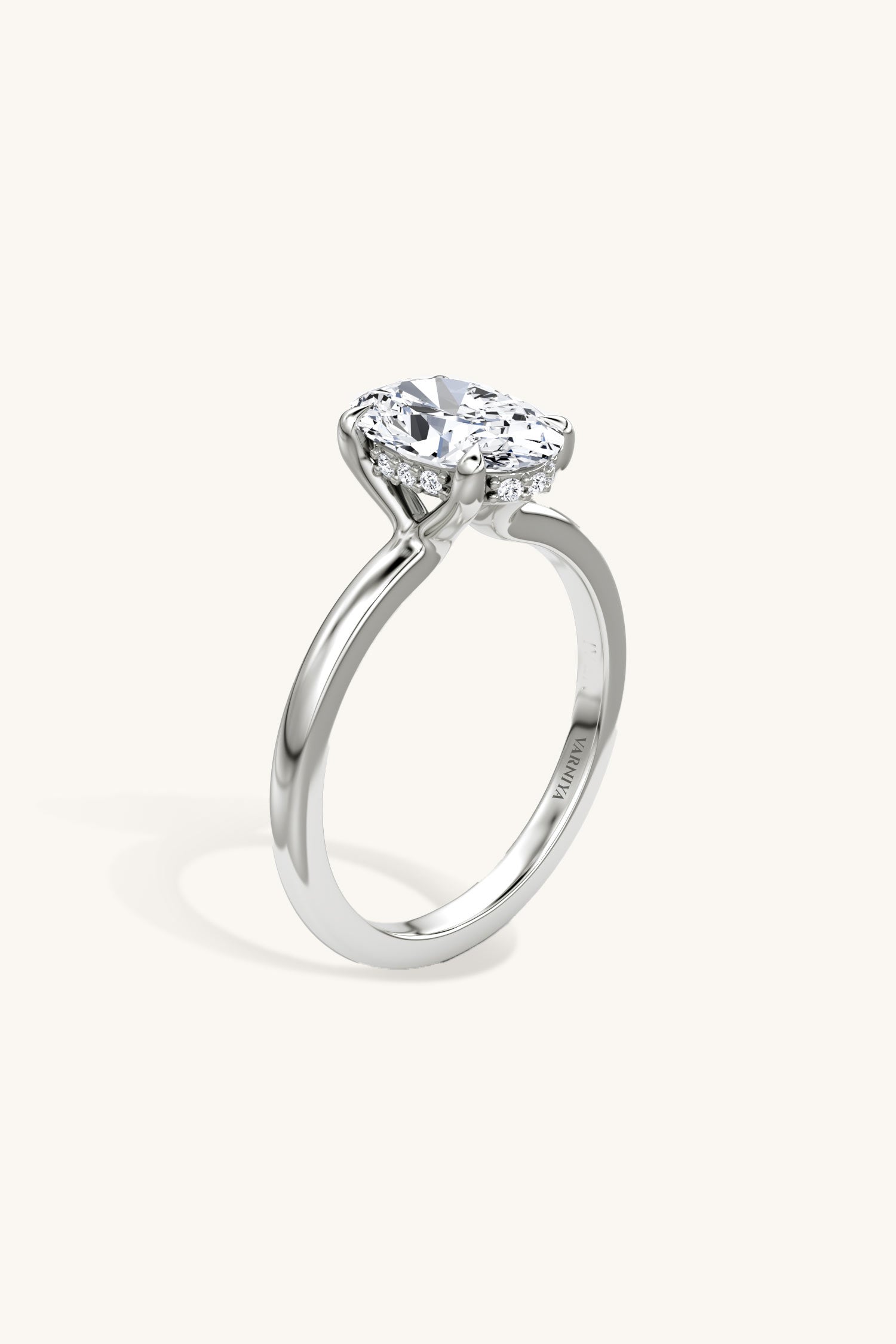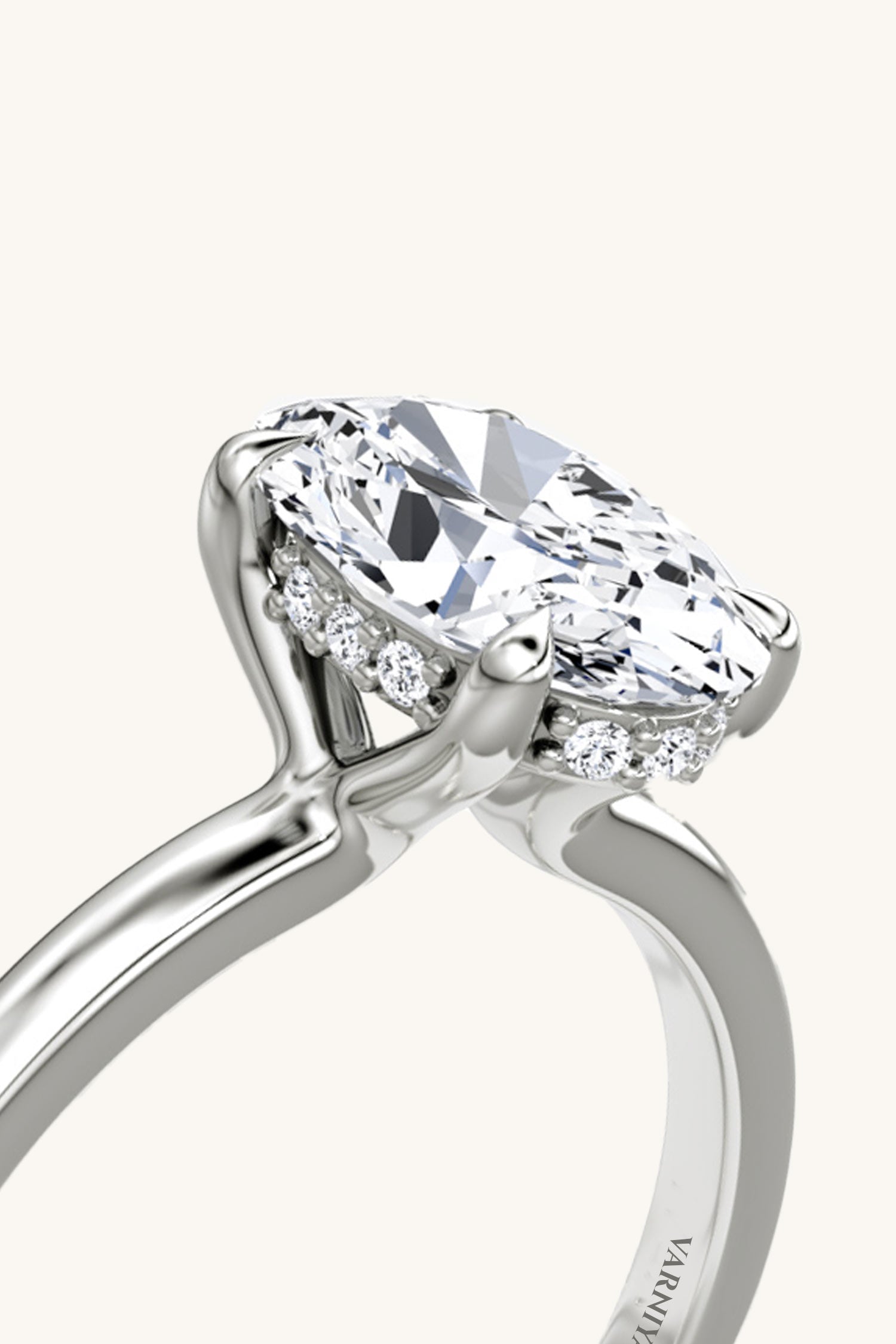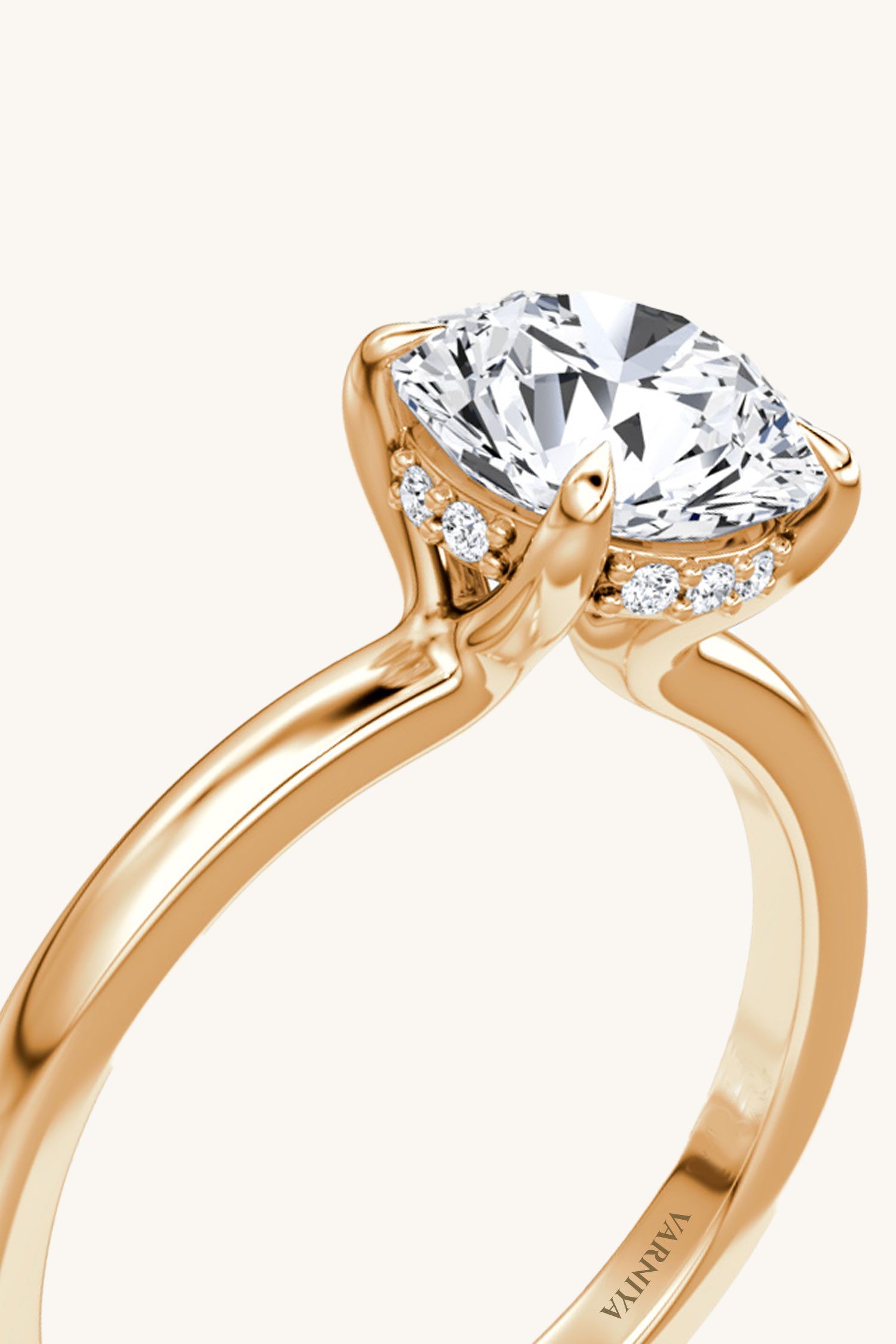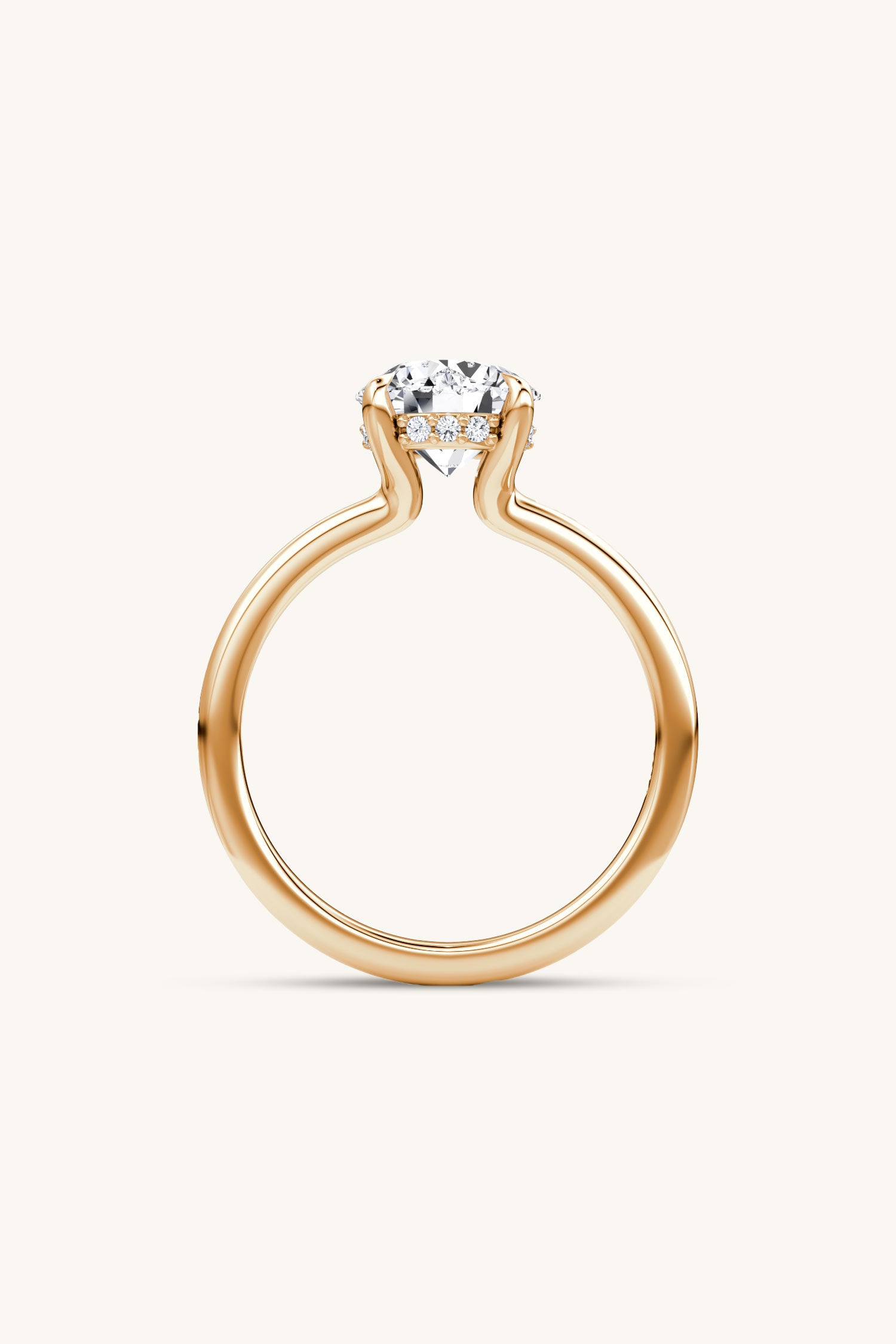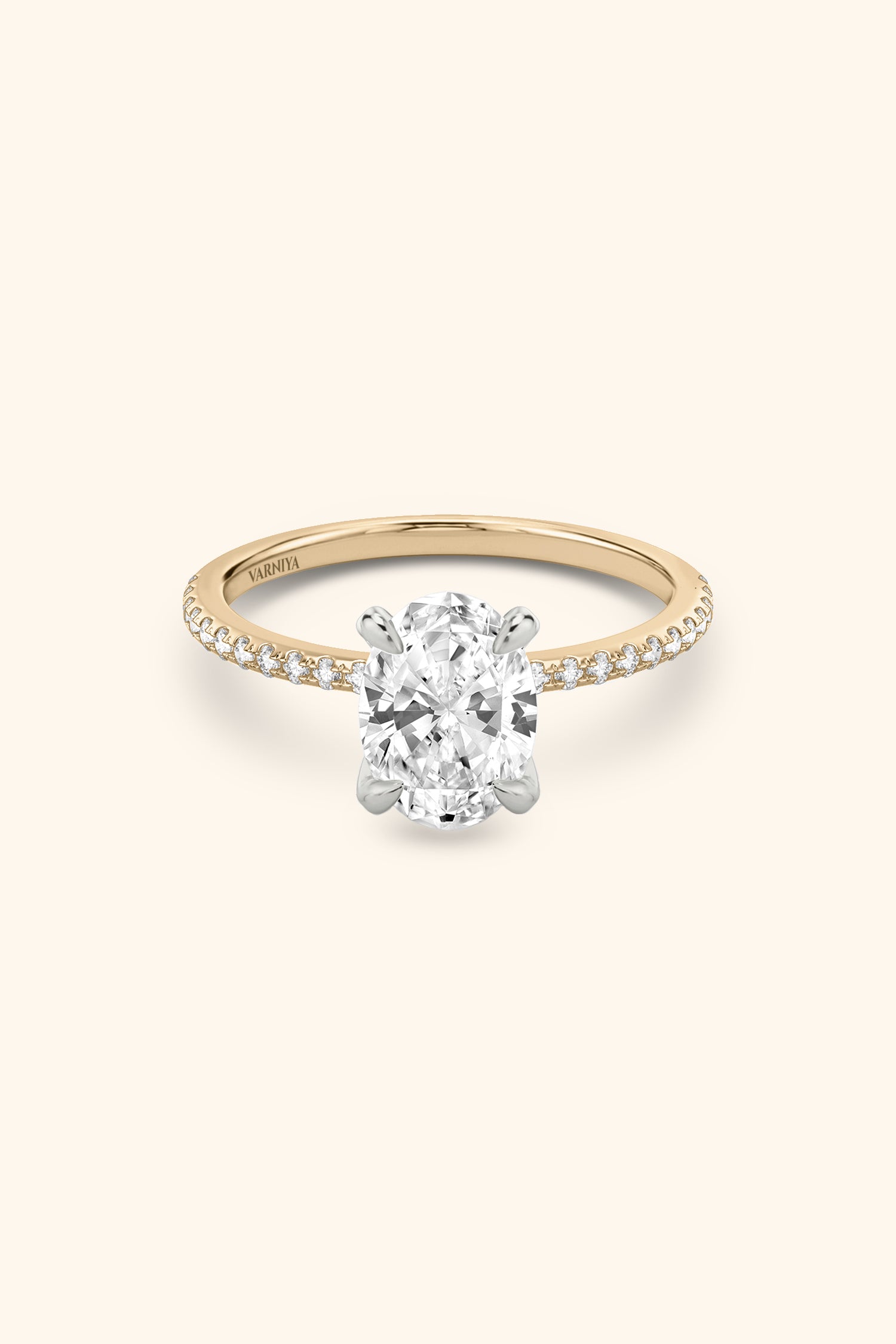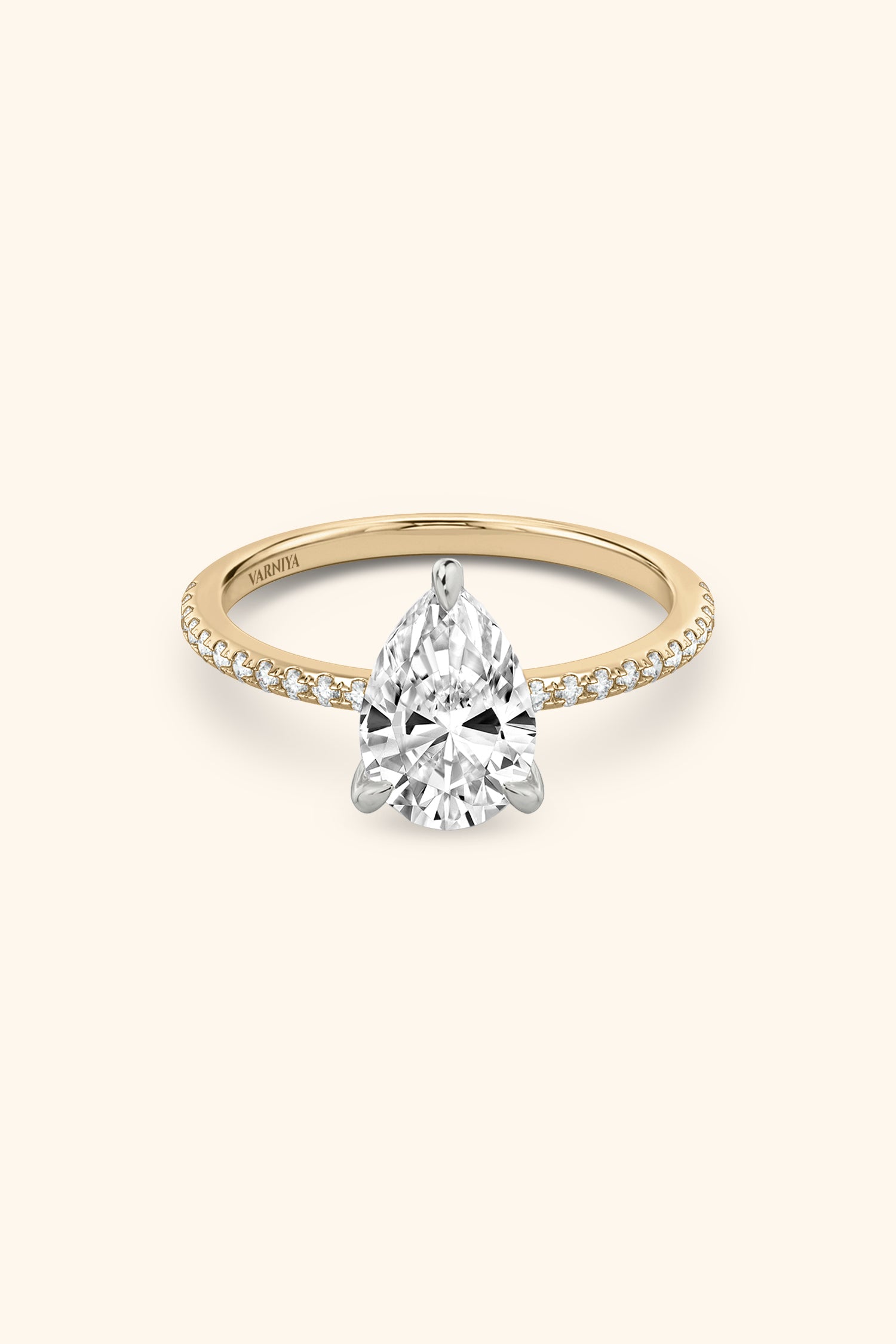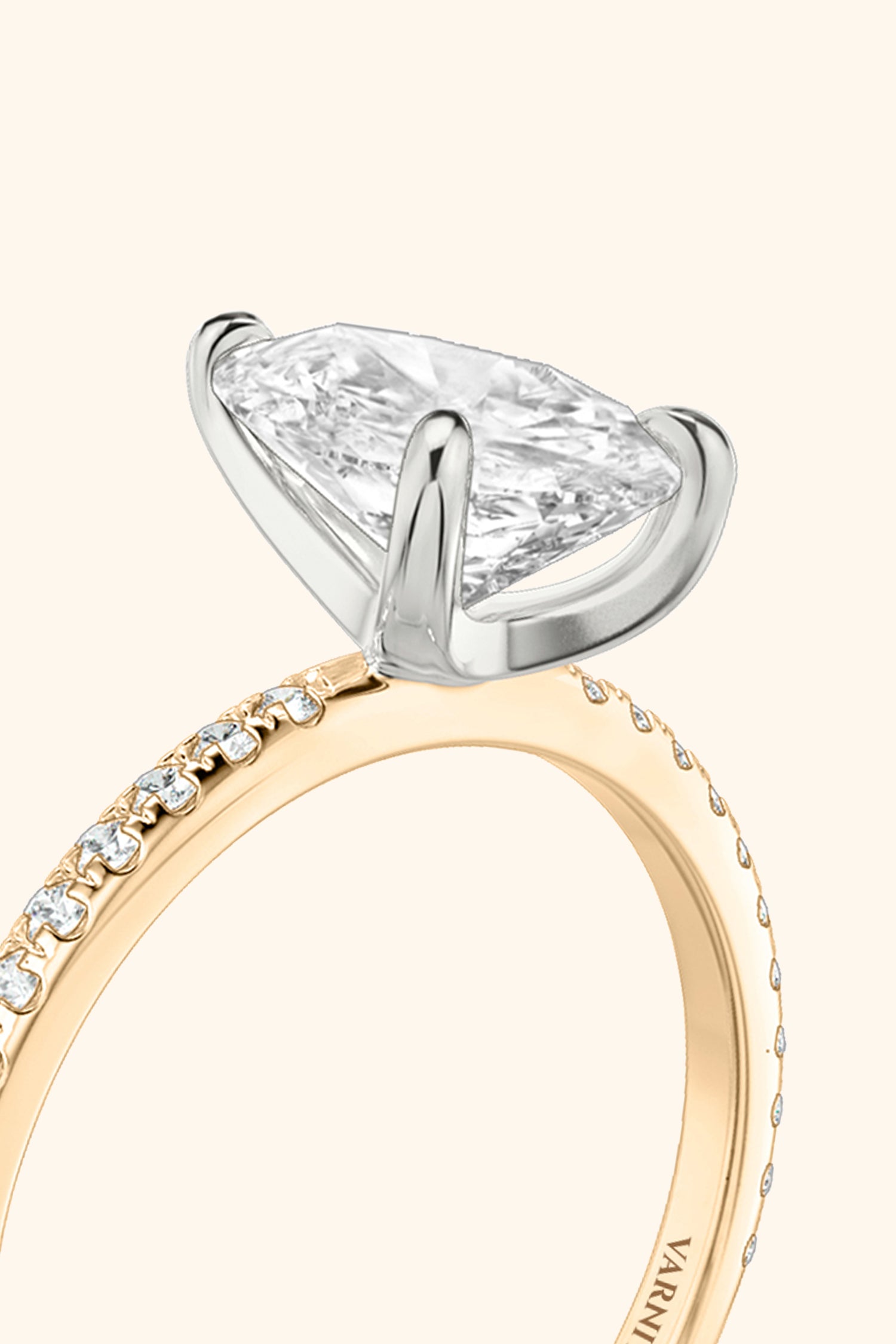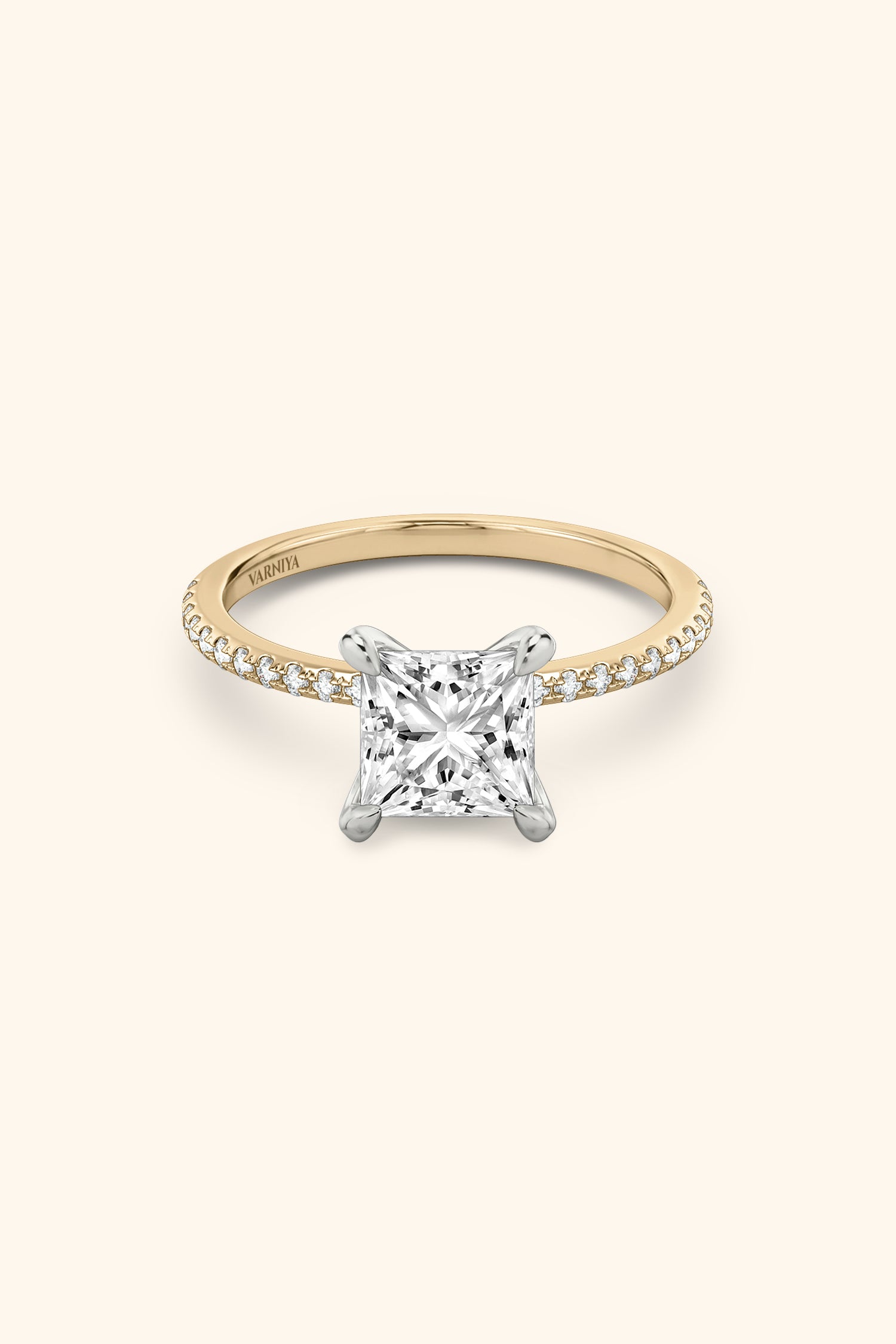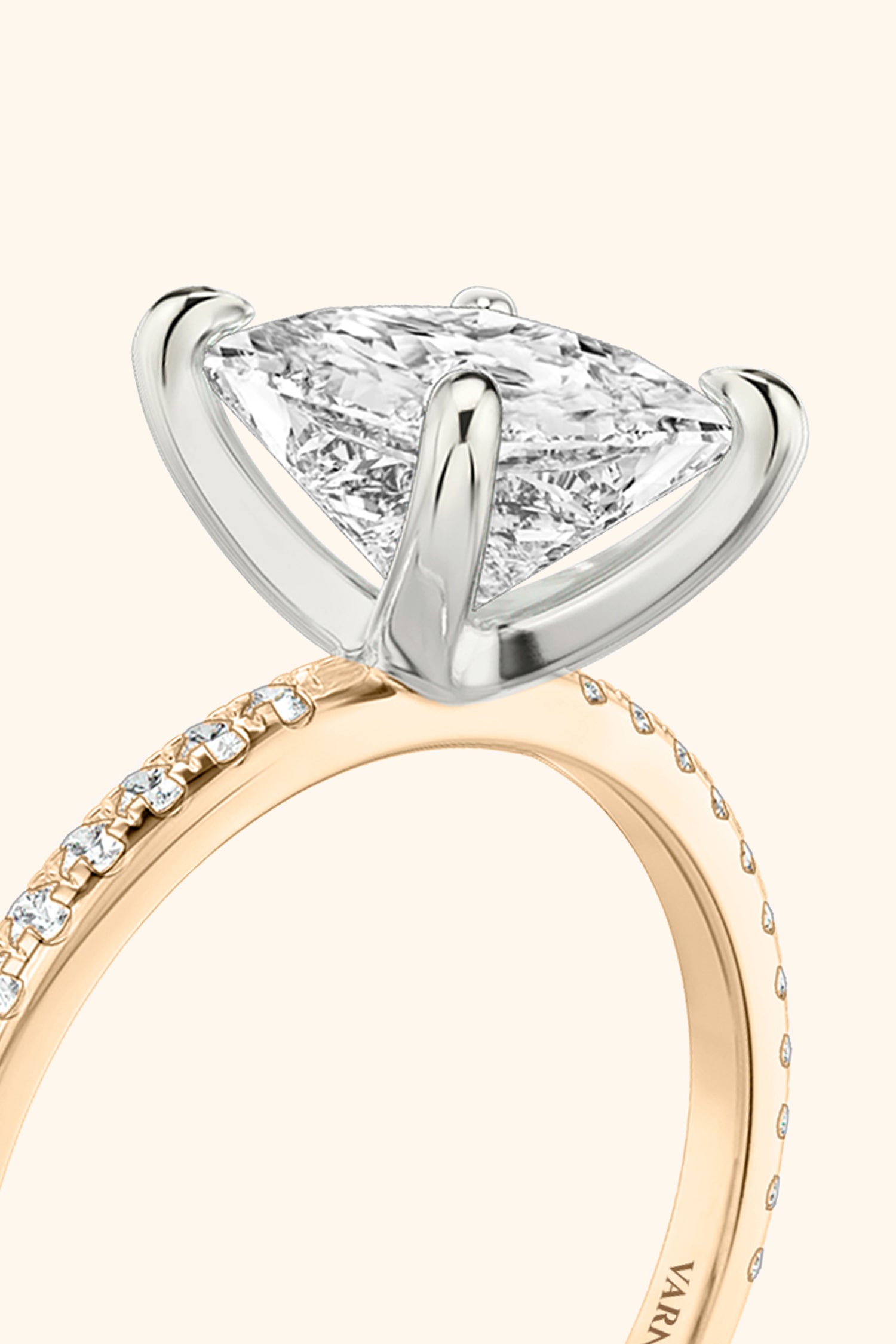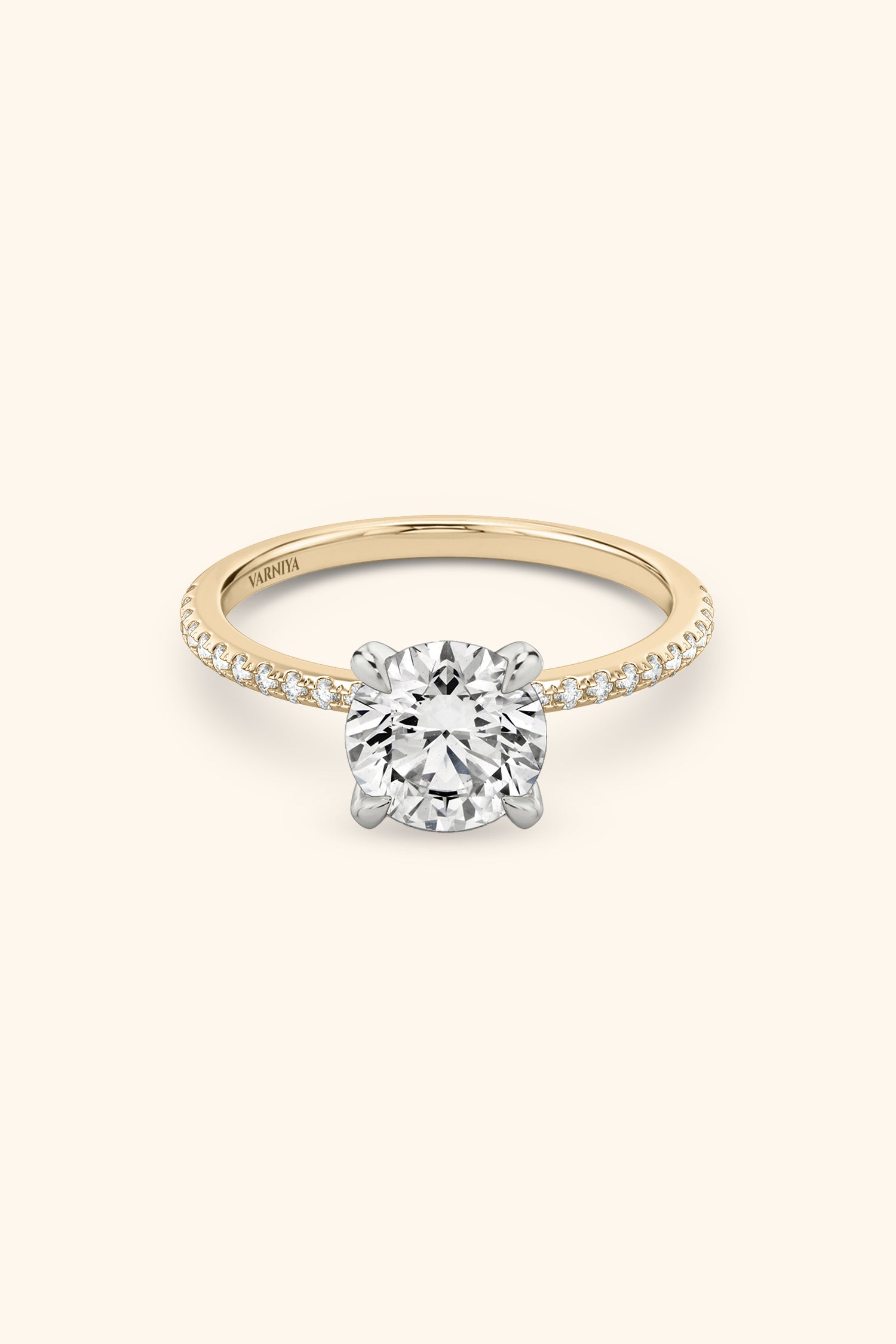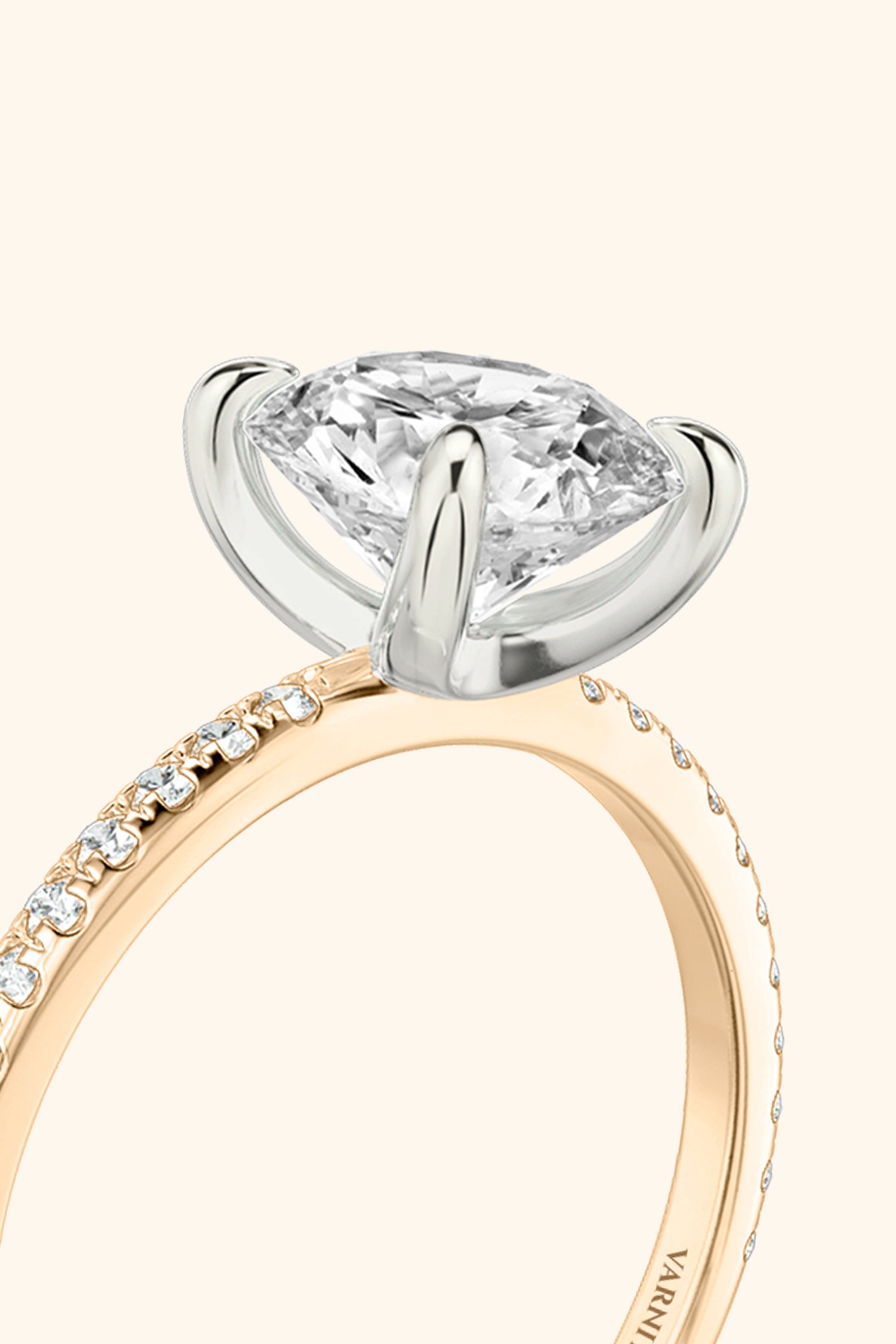1 Carat Lab-Grown Diamond Price Breakdown: 7 Buyer Traps to Avoid
Wondering why 1 carat lab-grown diamond price varies so much? Learn what really drives cost and how to avoid paying more than you should.
Thinking of buying a 1 carat lab grown diamond? You’re not alone — lab grown diamonds are becoming the go-to choice for many because they’re real, ethical, and much more affordable. In fact, according to Bain & Company, lab grown diamond prices are up to 60% lower than natural diamonds for the same quality. mined diamonds,
But here’s the catch: not all carat lab grown diamonds are priced fairly, and buyers often fall into traps that cost them more than they should.
This guide will help you understand the diamond price factors, break down the cost of a 1 carat lab stone, and show you how to choose lab grown diamonds the smart way.
What Is a 1 Carat Lab Grown Diamond?
A 1 carat lab created diamond is a diamond made in a lab, not the earth — but it’s still a real diamond. These laboratory created diamonds are formed using advanced technological processes that mimic how real diamonds are made below the earth’s surface. They look identical, shine the same, and are graded by the same standards.
In fact, according to the Gemological Institute of America (GIA), lab produced diamonds have the same physical, chemical, and optical properties as mined ones*.*
You'll often find them in fine jewelry, engagement rings, or even elegant pendants and earrings. And because they’re made with precision and care, lab fabricated diamonds offer exceptional quality at a more cost effective price.
How Are Lab Grown Diamonds Made?
1. Chemical Vapor Deposition (CVD) Diamonds
CVD is a modern method where lab grown diamonds are developed from a tiny carbon seed inside a chamber filled with gas.
Through advanced technology that replicates natural conditions, carbon attaches layer by layer, forming a diamond over weeks. These diamonds are known for their sparkle, clarity, and clean growth process.
- Created in precise lab conditions using advanced technology
- Known for exceptional beauty and fine surface structure
- Often used in best lab diamonds collections
2. High Pressure High Temperature (HPHT) Diamonds
This method imitates the pressure and heat conditions of Earth where manufactured diamonds form deep underground.
The result? A durable, real diamond with the same physical chemical and optical properties as mined ones.
- Common in best manufactured diamonds for their dense quality
- Popular for their brilliance, elegance, and natural look
- According to GIA, both HPHT and CVD diamonds rate 10 on the Mohs scale, just like natural diamonds
A 2023 report by Statista confirmed that over 40% of lab grown diamonds are now made using CVD technology — a number growing fast due to its cost-effective and scalable nature.
What Influences the Diamond Price of 1 Carat Lab Stones?
1. Global Market Demand
When demand for lab grown v natural options rises, so does pricing. According to a 2023 report by Allied Market Research, the lab grown diamonds market is projected to hit $55.6 billion by 2031. That demand pushes prices up — especially for popular 1 carat sizes.
- High demand = less discount room
- Seasonal trends affect price surges
- Mined diamonds still dominate, but the shift is growing
2. Supply Chain and Raw Material Costs
Sourcing gases, reactors, and crafted tools for production isn’t cheap. Although lab manufactured diamonds are easier to scale, delays in raw material delivery can affect pricing. Even minor disruptions make man made diamonds price swing fast.
- Delays = short-term price hikes
- Gems used for seeding add to the base cost
- Fuel and logistics costs impact range and availability
3. Technological Advancements
New methods make diamonds better, but the upfront investment adds to the price. However, as tech improves, the cost may come down over time — it’s the classic early-stage expense. These innovations support quality sustainability and affordability.
- High-efficiency reactors lower waste
- Energy use matters in pricing models
- Leads to more options with properties as natural diamonds
4. Brand and Seller Premiums
A diamond from a well-known brand might carry a luxury markup. You're also paying for packaging, storefronts, and perceived value — not just the stone. Some brands label their stones a perfect choice, but you still need to check specs.
- IGI certified tags don’t always mean higher price, but branding does
- Avoid paying more just for the box
- Focus on the future value, not just the label
"Ready to Buy a 1 Carat Lab Grown Diamond? Browse Varniya’s certified collection of lab grown diamonds with transparent pricing and premium quality. Shop Now at Varniya"
7 Common Mistakes Buyers Make When Choosing Lab Grown Diamonds
1. Assuming All Natural Diamonds, Lab Grown Diamonds Are the Same
Not all diamonds are equal — especially when comparing lab v natural stones. While they may look alike, the sourcing, price, and value proposition differ. It’s important to understand those differences before making a choice.
- Natural diamonds may carry resale value; lab grown often don’t
- Lab grown diamonds are more sustainable and affordable
- Don't assume “diamond is a diamond” — know what you’re buying
2. Buying Without Researching Cultured Diamonds
People often hear “lab made” and skip the details. But cultured diamonds can vary in how they're grown, priced, and certified. Doing just a little research helps you avoid paying more than necessary.
- Read up on CVD vs HPHT
- Ask if it’s a certified cultured diamond, not a simulant
- Look for process transparency from the seller
3. Ignoring the Source of the Created Diamond
The origin matters — even in a lab. If you're not asking how or where the created diamond was made, you're leaving out key info. Some sellers don’t disclose whether it was made using ethical or traceable practices.
- Always ask about manufacturing details
- Trusted labs clearly state their creation methods
- Look for consistency with lab reports
4. Skipping Return and Upgrade Policies
Getting locked into a no-return situation is frustrating. The best lab grown diamonds come from sellers that offer upgrades, trade-ins, or return flexibility. Always read the fine print.
- A diamond is a big decision — policies matter
- Ask about resizing, returns, or exchange options
- If it’s rigid, skip it
5. Trusting Unverified Sellers Online
Not every online store is trustworthy. Even if the price is tempting, low-cost sellers may send you simulants like moissanite. (And no — moissanite v lab isn’t a fair comparison. One is diamond. One isn’t.)
- Moissanite is not a lab grown diamond
- Check for reviews, certification, and verified business info
- If it sounds too cheap, it probably is
6. Overlooking Fine Print in Certifications
Certs are not all equal. Some sellers issue in-house reports, which can be biased. Stick to independent labs and match the report with the carat weight and specs you paid for.
- Make sure the cert matches the diamond
- IGI or GIA preferred for lab grown grading
- Avoid vague or missing paperwork
7. Prioritizing Discounts Over Quality
Price matters — but don’t let it be the only factor. Quality, warranty, and long-term value count too. Focus on the best lab grown diamonds, not the cheapest ones in the filter.
- Look at cut, clarity, and trust
- Value doesn't mean lowest price
- Think long-term satisfaction, not short-term deal
"Want to Compare Real Lab Diamond Prices? Avoid overpaying — see how Varniya prices its lab grown diamonds fairly and clearly. Check Prices on Varniya"
How to Choose Lab Grown Diamonds the Right Way
1. Match Diamond Specs to Your Lifestyle
Your diamond should fit your life — not the other way around. If you’re active, prioritize durability over just size or sparkle. Go for a slightly lower carat weight with a better cut for more brilliance and everyday comfort.
2. Check Grading Reports from Trusted Labs
Always ask for a report from a trusted source like IGI or GIA. These labs provide an honest look at quality, including clarity, cut, and authenticity. Never rely on vague “in-house” certifications.
3. Compare Prices Across Multiple Retailers
Don’t settle for the first price you see. Lab grown diamonds vary in price, even for the same specs. Use that to your advantage by comparing from at least 2–3 reputable sellers.
4. Understand the Return and Resale Options
Not all retailers accept returns or offer upgrades. Choose one that gives you room to change your mind — or upgrade later. The best sellers are flexible because they trust what they sell.
5. Prioritize Ethical Sourcing and Transparency
Ask how the diamond was grown and where it came from. Transparency shows you're buying from a brand that values honesty — and that’s worth more than just a low price tag.
FAQs
1. How much is a 1 carat lab grown diamond worth in India?
A 1 carat lab grown diamond in India typically ranges from ₹60,000 to ₹1.2 lakhs, depending on cut, clarity, and certification.
2. How much can a lab grown diamond ring cost?
Including the setting, a lab grown diamond ring can start around ₹80,000 and go up based on design and metal choice.
3. Do lab-grown diamonds have any resale value?
Yes, but resale value is usually lower than natural diamonds. Some retailers offer buyback or upgrade programs.
4. What is the true cost of a lab-grown diamond?
The price reflects production, grading, and market demand — generally 40–60% less than a natural diamond of the same specs.
5. Does Tanishq use lab-grown diamonds?
As of now, Tanishq primarily focuses on natural diamonds, but some select collections may feature lab-created stones. Always confirm before purchase.
Conclusion
Buying a 1 carat lab grown diamond isn’t just about the sparkle — it’s about knowing what you’re really paying for. When you understand the pricing factors and avoid common mistakes, you get both value and peace of mind.
Whether you're shopping for fine jewelry or an engagement ring, take your time, ask the right questions, and don’t rush the process. A little knowledge goes a long way — and now, you’ve got it. So go ahead, choose wisely, and enjoy what truly feels right for you.


